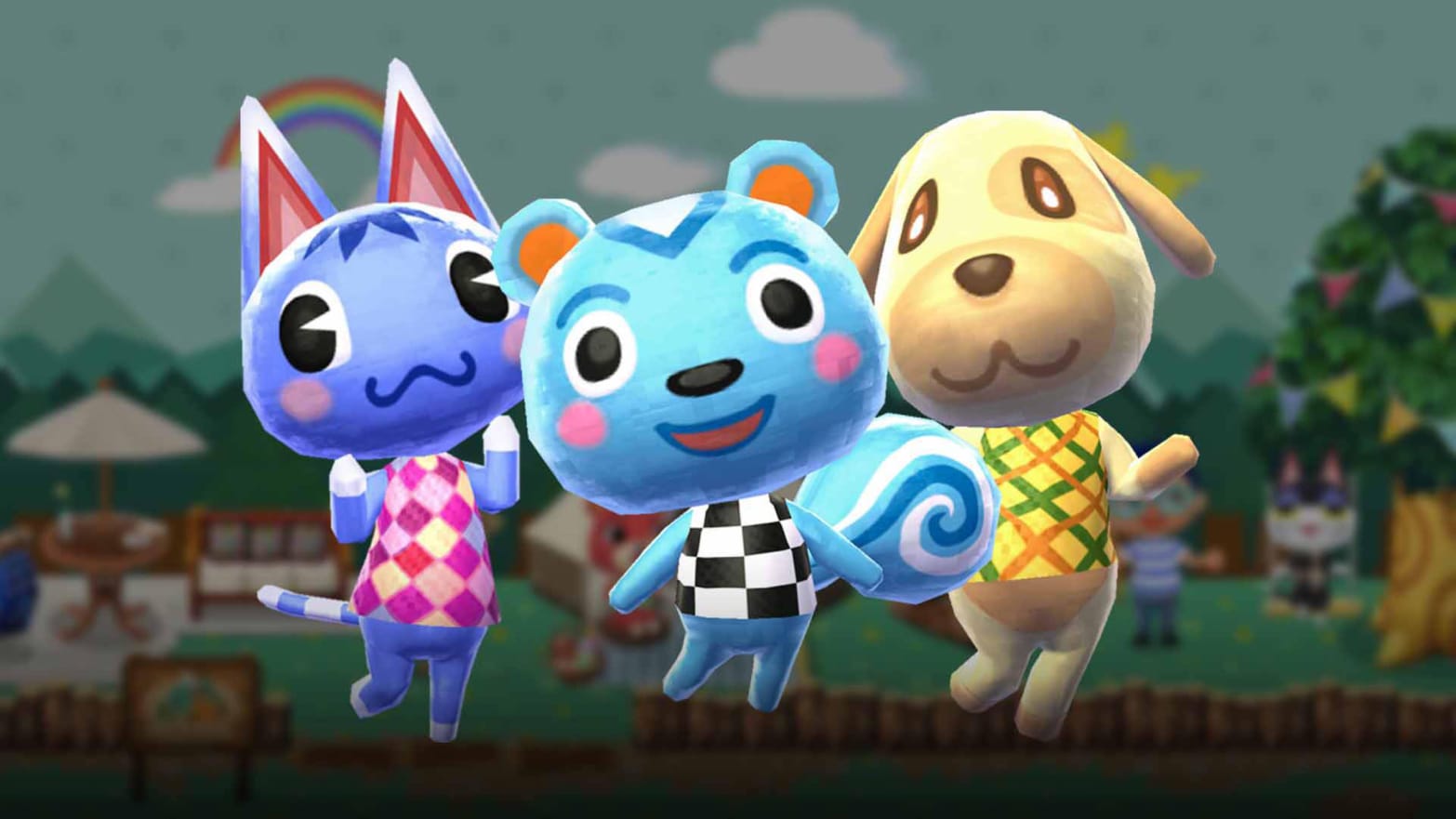Since hitting the Nintendo GameCube in 2001, Animal Crossing has grown into one of Nintendo’s biggest new franchises. Each platform following the GameCube has had an Animal Crossing title to go with it, and last week saw the release of the latest title in the series, Animal Crossing: Pocket Camp. While its aesthetic isn’t too far off from that of its predecessors, Pocket Camp is a stark departure, and very much a product of the present moment.
Animal Crossing comprises a series of community simulation games, in which you play the latest (human) resident in a village full of anthropomorphic animals. Though there are some tasks assigned to you—you are asked to pay off the mortgage on the house you live in, and villagers will occasionally come to you for favors—there’s no real need to complete any of them. The game, which runs on real time, is what you make of it. If you just want to fish all day, then fish to your heart’s content. If you don’t pull the weeds that sprout up around town, the villagers will complain; if you don’t play for long enough, there’ll be cockroaches in your house when you come back. With endless details to this effect, Animal Crossing is its own, inimitably charming slice of life.
I played the first game religiously, and dabbled in the ones that followed, unable to let go even though each new game meant (sort of) saying goodbye to my last little village. Its obvious appeal and intuitive gameplay were even enough to get my mother to play, and so when it was announced that an Animal Crossing title would be released for iOS and Android devices, we were naturally excited.
To be sure, Pocket Camp is cute. But while it may look like any other Animal Crossing game, the differences between it and its precursors are actually significant, and point to the adaptation necessary given both the change in platform and the change in player culture.
The overall “story” is fairly similar. Instead of paying off a house, you’re paying off a camper, and instead of looking after a village, you’re looking after a campsite. You can fish, you can catch bugs, you can pick fruit. But the economy—previously completely in thrall to mogul raccoon Tom Nook—has been completely reworked. Yes, money played a big part in the original series, but it’s inescapable here, both in the game and outside of it.
Selling the things that you collect is still an option in Pocket Camp via Market Boxes that other players can browse, but it’s no longer the primary mechanic for making money. Instead, if you want to buy furniture or otherwise improve your campsite, you need to either shell out real money, or rely on your animal friends to essentially pool your resources and work together. And if you want to keep playing, then that’s exactly what you’ll do. The species of fish and bugs available to catch in the original Animal Crossing games were pretty much endless—and you could even dig up fossils to populate your town museum—but in Pocket Camp, there are only a handful. On top of that, they almost all sell for the same price, making it fairly monotonous work.
This is where real money comes in. If you’re willing to cough up, you can use Leaf Tickets, a new type of in-game currency that is slow to grind but available to purchase, allowing you to bypass a lot of the material gathering and subsequent time required to make items for your camp. As if to drive the inherently more money-based system home, Nintendo has provided a little extra incentive in these first few weeks in the form of a couple of special objects that will draw fan favorites KK Slider and Tom Nook to your camp—that can only be purchased with Leaf Tickets.
These changes are partially a result of the change in platform. In-app purchases are de rigueur when it comes to mobile apps, and there’s simply less space on your phone in which to craft a game than there is on a proper console. The mechanics must change by necessity.
The fundamental shift also serves as a comment on the shifting nature of the people playing them. Just as game franchises like The Legend of Zelda have changed with the landscape—Breath of the Wild is stunningly open-world and does away with mandatory, structured quests—Animal Crossing seems to be growing, too. It’s a more cooperative game than any of its predecessors, and reflects on the inherent, real-life balance between being able to achieve goals through cooperation with your peers, and being able to afford them on your own.
The question, as is always the case with a series like this, is where Animal Crossing goes from here. The rollout of games on the Nintendo Switch has been fairly slow, and at first glance, it seems like too dynamic a console to be well suited to a game that’s essentially a cuter version of The Sims. But it also fosters a sort of connectivity that Animal Crossing seems to be driving toward—New Leaf, released in the U.S. in 2013, offered co-op mini-games and connectivity to other players’ towns—and it’s also proven to be a good host for flexible, open-world games. Much like Pocket Camp itself, there’s more to every Nintendo product than meets the eye.
Despite the way Tom Nook seems to have snuck from our digital to our very real wallets, Pocket Camp is still a lovely game. Though it occasionally feels like a middle step between New Leaf and whatever is to come on the Switch (or any other Nintendo platform), it manages to preserve enough of the franchise’s signature charm to keep from feeling like an entirely different animal. It just requires patience in a different capacity from what we’re used to in other Animal Crossing titles. The world is your oyster, but it’s not a journey you can go completely alone. In other words, it’s an Animal Crossing for a millennial age.

